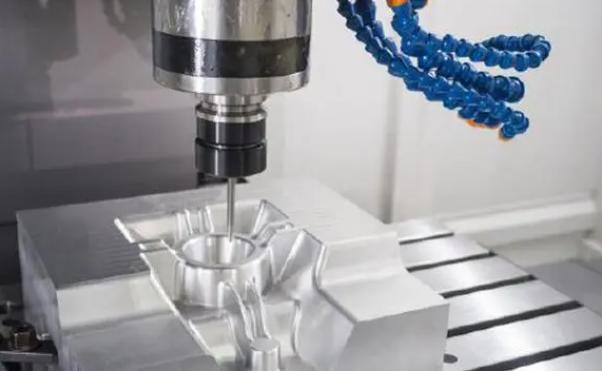How to Choose a CNC Tool That Suits Your Needs?

Selecting the appropriate CNC tool for steel machining is crucial for achieving optimal results. Here are some key factors to consider:
1. Material Properties
l Steel Type: Different steel alloys have varying properties like hardness, ductility, and machinability. Choose a tool material that can handle the specific type of steel you're working with. Common choices for steel include high-speed steel (HSS), carbide, and coated carbide tools.
l Chip Formation: Steel machining often produces stringy chips that can clog the flutes of the tool. Select a tool geometry that promotes proper chip breaking and evacuation. This might involve features like specific flute angles and chip pockets.
2. Machining Operation
l Milling Operation: The type of milling operation (milling pockets, slots, facing, etc.) will influence the tool selection. End mills, ball nose end mills, and face mills are common choices for various milling tasks.
l Cutting Parameters: Factors like feed rate, spindle speed, and depth of cut will impact tool performance and wear. Choose a tool that can handle the desired cutting parameters for efficient machining. Refer to manufacturer recommendations for specific tools and steel types.
3. Tool Shank and Coating
l Shank Type: Ensure the tool shank diameter and taper (e.g., BT30, HSK) are compatible with your CNC machine's tool holder.
l Tool Coating: Coatings like titanium nitride (TiN) or diamond-like carbon (DLC) can improve tool wear resistance and performance, especially for tougher steel alloys.
4. Additional Considerations
l Coolant Type: Using a suitable coolant can significantly improve tool life and chip control. Select a coolant appropriate for the specific steel and tool material combination.
l Cost-Effectiveness: Consider the balance between tool cost, tool life, and machining efficiency. Sometimes, a more expensive tool with superior wear resistance can be more cost-effective in the long run due to fewer tool changes.
l Resources: Manufacturer catalogs and online resources often provide tool selection guides based on material type and application. Utilize these resources to find specific recommendations for your steel machining needs.
- Art
- Causes
- Crafts
- Dance
- Drinks
- Film
- Fitness
- Food
- Spiele
- Gardening
- Health
- Startseite
- Literature
- Musik
- Networking
- Andere
- Party
- Religion
- Shopping
- Sports
- Theater
- Wellness


